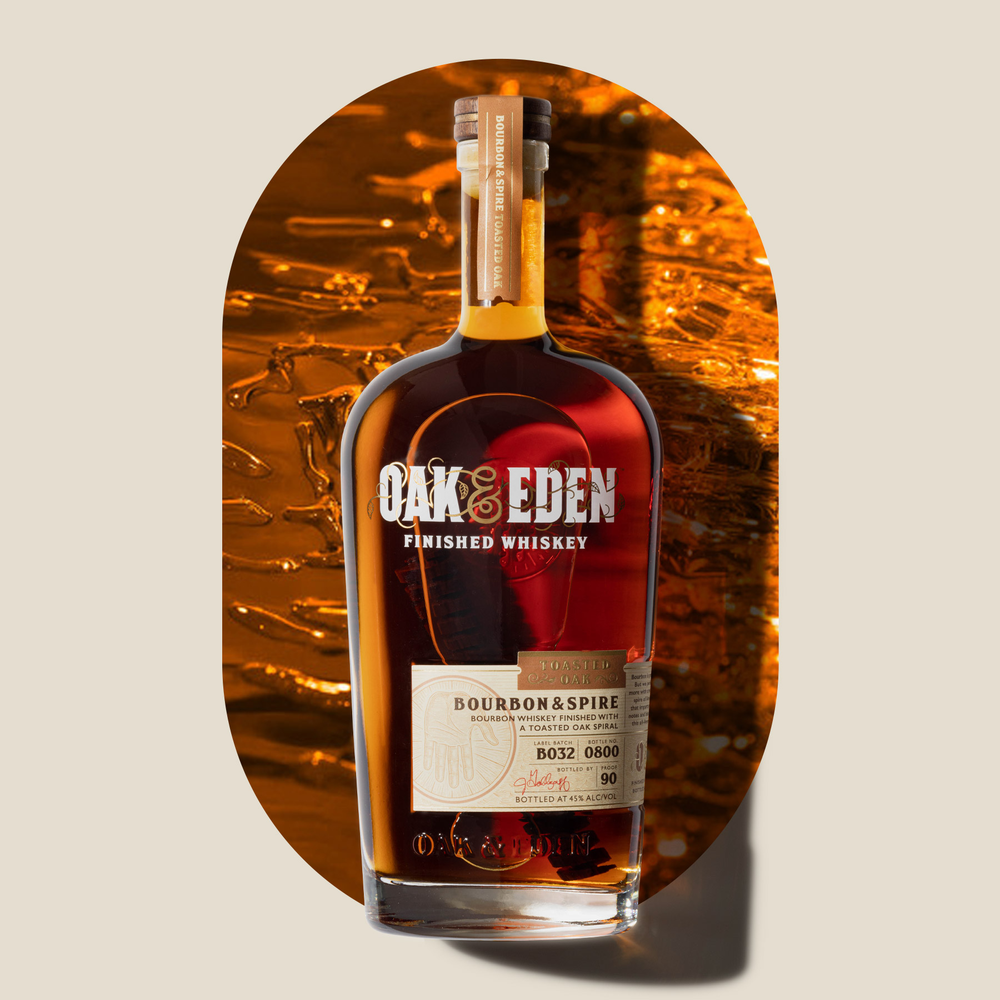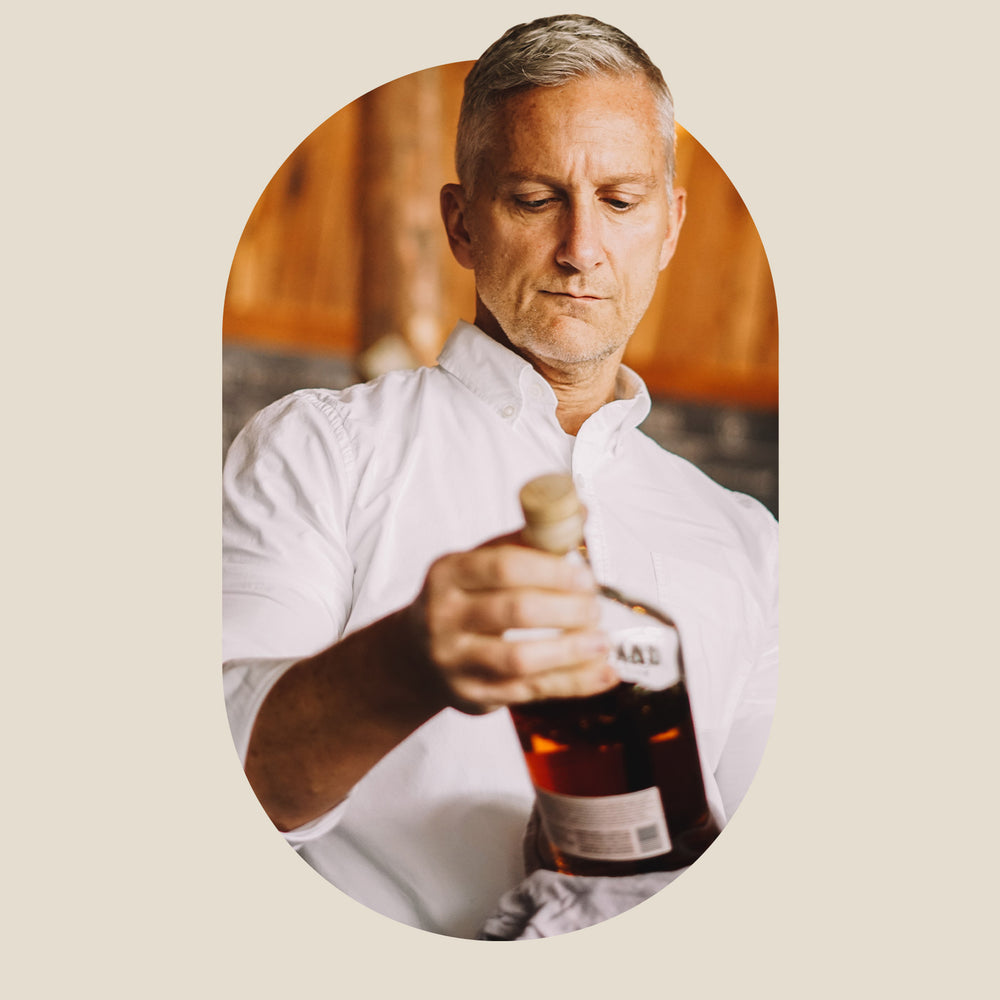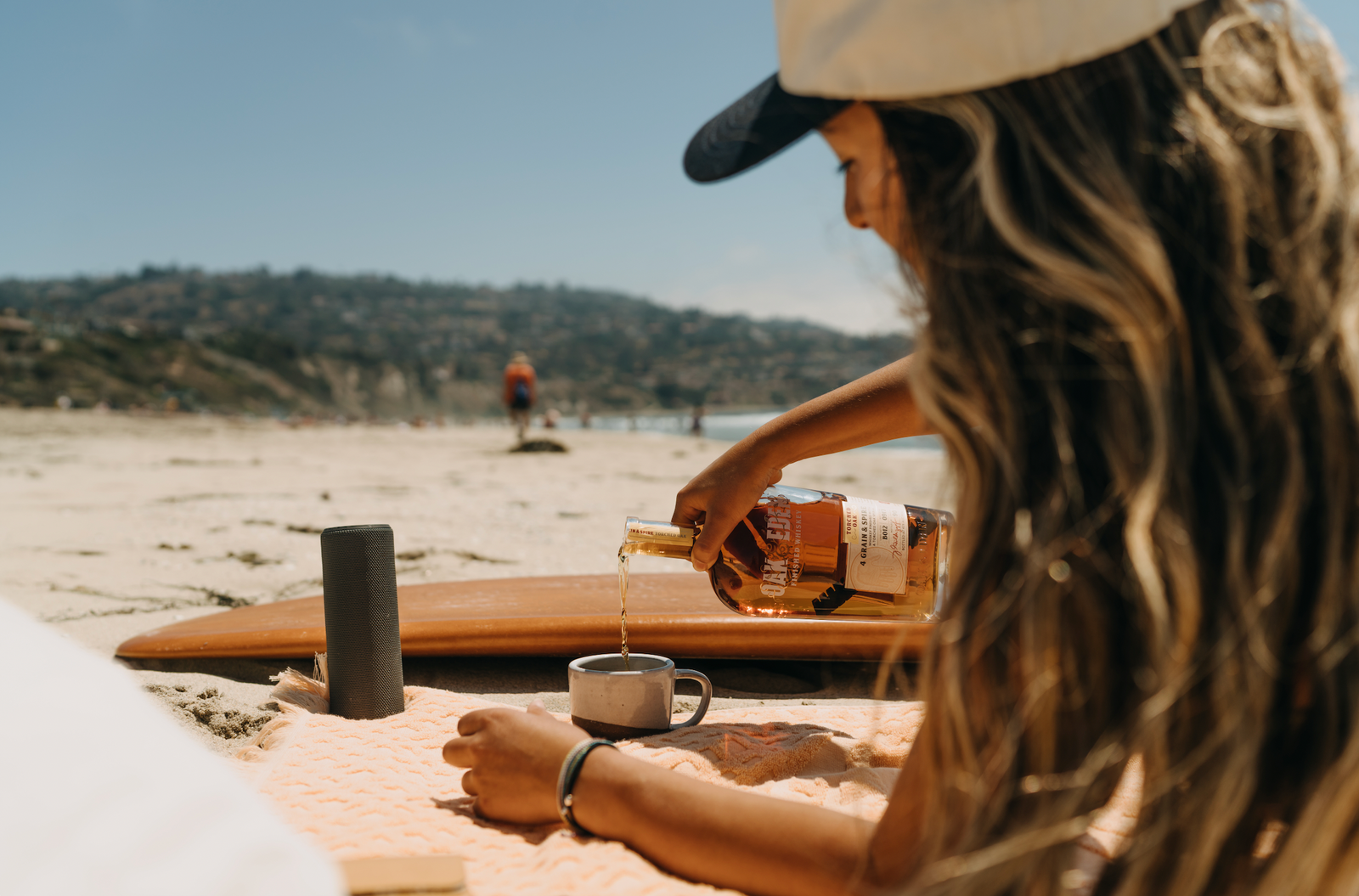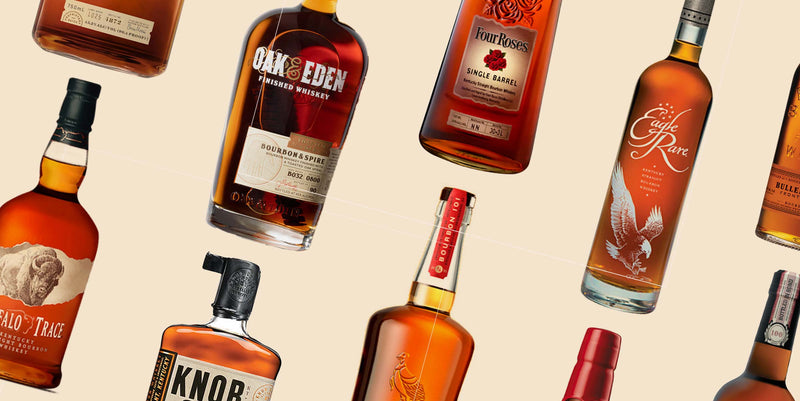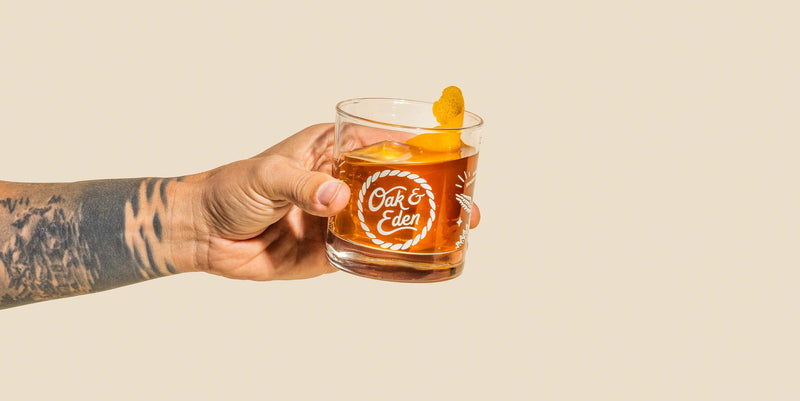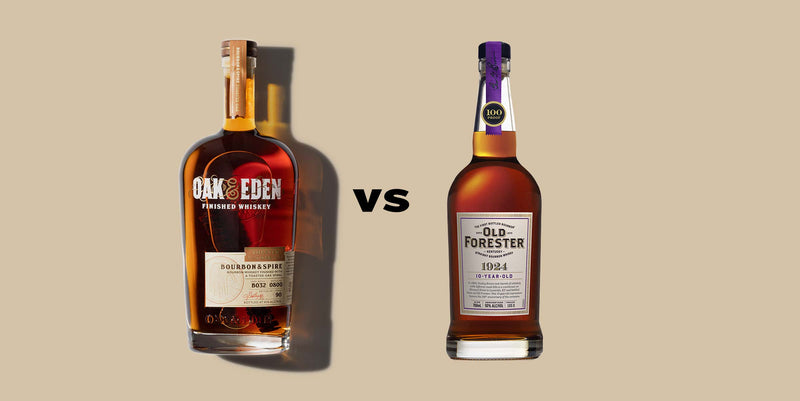Whiskey can be an alienating drink for many just because of its sheer complexity.
However, whiskey is for everyone, and it has a lovely flavor profile that anyone can enjoy. But if you are just getting into whiskey, you may not know where to begin.
On the other hand, if your friends are forcing you to go to a whiskey tasting even though you don’t really like whiskey and you don’t want to seem like you don’t know what you’re doing, you’re in the right place, too.
Drinking whiskey isn’t as complicated as some people believe or want you to think. With this straightforward guide, you’ll know everything you need to drink whiskey like an expert.
Here is the complete beginner's guide to drinking whiskey.
What Is Whiskey: Starting With the Basics
Whiskey is one of the five standard varieties of liquor, along with vodka, gin, rum, and tequila. There are many different variations of whiskey across regions and cultures, but the essential elements of a whiskey are that it is a distilled spirit made from cereal grains, commonly wheat, rye, barley, or corn.
Whiskey is at least 40% alcohol by volume (ABV), making it a hard liquor. Every whiskey brings its own unique flavors but the general flavor of whiskeys across the globe falls into categories like caramel, vanilla, toasty, warm, spicy, and woody.
What Are the Different Kinds of Whiskey?
- Bourbon Whiskey: Bourbon whiskey is perhaps the most famous American whiskey in the world. Bourbon whiskeys must all be made in the United States and must also be made using a grain mash bill of at least 51% corn. Bourbon whiskey is then aged in new, charred oak barrels.
- Rye Whiskey: Rye whiskey, on the other hand, does not need to be made in the United States. Rye whiskey is quite popular in the US, but it is also a staple in Canada (where it is spelled whisky). Rye whiskey must be made using a mash bill of at least 51% rye. This gives rye whiskey its notorious spiced flavor profile that it is well known for.
- Tennessee Whiskey: Tennessee whiskey is one of the most heavily restricted types of whiskey in the world. Tennessee whiskey must be made in Tennessee. It must use a 51% corn mash bill, like bourbon, and must be aged in new charred oak barrels as well. Tennessee whiskey is then subjected to a charcoal filtration process that further removes impurities and mellows out Tennessee whiskey flavors.
- Scotch Whisky: Scotch whisky is one of the oldest types of whisky available anywhere in the world. Scotch whisky is spelled like Canadian whisky, without the “e.” Scotch whisky is typically made with a mash bill of at least 51% malted barley. Scotch is made using pot still distillation and is then aged in Scotland for at least three years before bottling and consumption.
- Irish Whiskey: Irish whiskey is another one of the oldest types of whiskey. Irish whiskey is also made using 51% barley, but it is typically unmalted. Irish whiskey is also typically known for its smooth and light flavor profile, where Scotch is known for its peat-heavy and smokey flavor profile.
- Japanese Whiskey: Japanese whiskey has only been around for about a century now, but it has already cemented itself in the whiskey world as well-crafted whiskey. Japanese whiskey takes after Scotch whiskey, using predominantly malted barley which is often imported from Scotland. Japanese whiskey is aged in American wood barrels, Japanese wood barrels, or sherry casks, which give Japanese whiskey unique flavors.
How To Taste Whiskey
Now that you know more about what whiskey is and the varieties of whiskey that you may encounter, you are finally ready for whiskey tasting etiquette. Keep in mind that these are also all just suggestions. At its heart, whiskey is for everyone, and you can enjoy it however you enjoy whiskey best.
Observing the Whiskey
The first step to a whiskey tasting is observing the whiskey, which is essentially looking at what you drink before you drink it. The very first thing that you may notice is that whiskey has its own glass, the Glencairn glass.
A Glencairn glass is round and bulbous at the bottom and tapered at the top to allow the aromas to rise up in a concentrated manner while giving you room down below for a decent-sized pour.
You will then start to notice the color of the whiskey itself. This is a big clue into the flavor profile of your whiskey, as the wood it is aged in is responsible for the color and much of the flavor. The general rule is the darker the color, the deeper the flavor.
Smell Your Whiskey
The next step of the whiskey tasting process is smelling your whiskey. The aroma of whiskey plays a large role in the flavor, and you can tell a lot from whiskey by a good whiff. A significant amount of what you taste is actually influenced by what you smell, so nosing your whiskey (as it’s often called) can complement the tasting step.
The specific technique for nosing whiskey is called “retronasal breathing,” which is the same method people use to enjoy cigars. You breathe in through your mouth, close your lips and hold in that breath for a moment, and then breathe out through your mouth. That should help avoid the burn that is sometimes associated with the smell of whiskey.
Does your whiskey smell of caramel? Vanilla? Oak? Or does it smell spicy? Smoky? There are no wrong answers, but keep yourself open to making associations as you smell.
Sip and Savor
The final step to tasting whiskey is sipping and savoring the lovely flavors in your whiskey. Remember, tasting is different from drinking; your goal is not to chug your glass but to identify and taste the flavors and notes of your whiskey.
This is best achieved by taking small, slow sips. Taking a small sip and letting your palate adjust to the whiskey with as little alcohol in your mouth as possible will slowly allow your mouth to adjust. Then you sip again, slightly larger, and keep tasting for the specific flavor notes.
Whiskey Tasting: Don’t Do This!
Now that you know what you should do at a whiskey tasting, let’s briefly discuss a few things that you should not do at a whiskey tasting. Some of these are simple etiquette mistakes that may go unnoticed, while others will change your experience for the worse.
Do Not Swirl Whiskey
The first major don’t of whiskey tasting is swirling your whiskey. If you have ever been to a wine tasting, you know that the swirl is a major aspect of a wine tasting. By aerating the wine, you release more of the aromas and flavors into the air before tasting and sipping.
But with whiskey, the swirl may make the aroma unapproachable. When you swirl alcohol, you are releasing the aromas but also the alcohol vapors. For wine, which hovers around 12% ABV, this may not make much of a difference. However, with whiskeys that are at least 40% ABV, you could release such a strong set of vapors that you intoxicate your olfactory senses.
Your whiskey will smell strongly enough without a swirl, and you will actually be able to smell the subtleties of the different whiskeys much better if you just let them sit.
Do Not Sip Water Right After Sipping Whiskey
Another thing to avoid when you are at a whiskey tasting is taking a sip of water right after you drink your whiskey. While water is a great way to cleanse your palette and reset before the next whiskey, drinking water too fast after sipping could leave you missing out on the important finishing notes.
The “finish” of a whiskey, or the aftertaste left in your mouth after swallowing, is a major element of whiskey, and you should let yourself taste the finish of each whiskey. Don’t rush your sips, and don't feel like you need to sip on something else right after a sip of the whiskey.
Rather, try to focus on the flavors playing on your tongue and how they develop and change after you have swallowed.
Whiskey Tasting Expert Tips
Finally, we will give you a few expert tips to taste whiskey even better and more clearly. While you certainly don’t have to take any of this advice, it is gathered from some of the experts in the whiskey field.
Add a Bit of Water or Ice
The first expert tip to help you to better taste your whiskey is to add a bit of water or ice to your glass. This will slowly dilute your whiskey, making it less alcoholic, which can help you taste more subtle flavor notes that you might miss otherwise.
Just be careful not to add too much. Putting a single ice cube in your whiskey and allowing it to melt over the tasting can give you new elements and notes.
Chew Your Whiskey
This final one is a bit extreme for most casual whiskey drinkers, but we’re including it anyway. After you take a sip of whiskey, you can roll it around your mouth and chew it like you would chew food to get the whiskey to coat every surface of your mouth.
This can allow you to taste different elements of the whiskey across your mouth. Different parts of your mouth are responsible for different tastes and flavor notes, so allowing it to spread across your mouth can help you taste everything it has to offer.
How To Drink Whiskey: Takeaways
Drinking whiskey can be scary for beginners who are afraid of drinking whiskey the wrong way. But drinking whiskey is about enjoying whiskey, and as long as you are enjoying yourself, you are doing it right.
That said, there are a few techniques that can help you at a whiskey tasting to get the most from your experience. Make sure you start with the right kind of Glencairn glass, then gently sniff, sip, and savor your experience.
Sources:
Japanese Whisky: The Origin Story | Whiskey Culture

